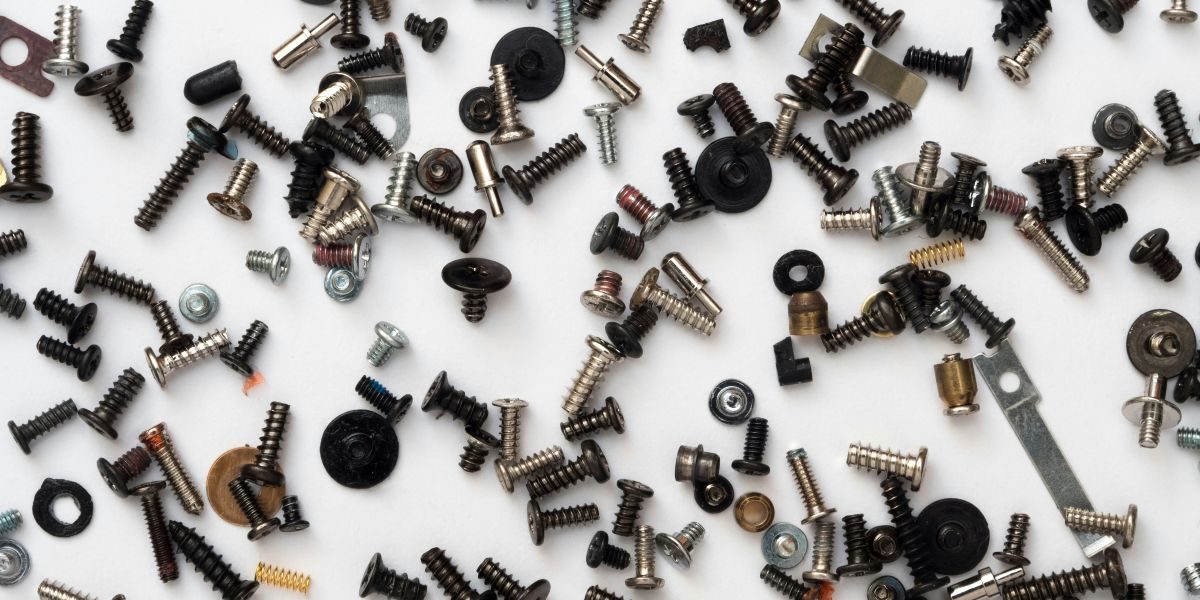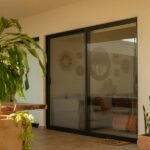When it comes to maintaining, repairing, or building marine structures, the materials’ quality and durability are of utmost consideration. One of the most overlooked yet vital components in these projects is the marine fasteners. While these may be small, they pose great significance in holding docks, boats, and other marine constructions together, withstanding the mighty challenges of hard oceanic saltwater environments, corrosion, and moisture.
Thus, we shall now look into the various types of marine fasteners and their applicability, along with some expert tips on how to pick and install the most suitable marine fasteners for your next project.
Marine Fasteners and Their Importance
For the unfamiliar, marine fasteners are specially designed hardware items consisting of screws, nuts, washers, and bolts with unique compositions to withstand extreme marine conditions. In contrast with standard fasteners, marine-grade fasteners are crafted to resist structural degradation, corrosion, and rust, which gradually occur with prolonged exposure to UV rays, instant temperature changes, and saltwater.
That is why, use of low-quality fasteners in any marine project brings in the risk of hazardous equipment failures, structural instability, and costly repairs. Hence, researching and picking the perfect marine fasteners is not only about functionality, but also about durability, long-term performance, and safety.
Types of Marine Fasteners and Their Applications
Now, there are numerous kinds of marine fasteners designed for specific tasks and structures. Here are the most common options:
Stainless Steel Fasteners
- Stainless steel marine fasteners are composed of stainless steel with incredible chromium content, making it highly resistant to rust and corrosion.
- They are best suited for railings, deck hardware, hinges, and other above-water installations.
- If you choose this, be sure to pick either the Grade 314 or 316 stainless steel. However, Grade 316 stainless steel is best for any saltwater installation due to its added molybdenum content, which significantly improves its corrosion resistance.
Silicon Bronze Fasteners
- The composition of silicon bronze fasteners consists of tin, silicon, and copper, crafting an excellent corrosion resistance capability, especially in underwater environments.
- They are best used for underwater fastenings and wooden boat construction.
- As the case may be, silicon bronze fasteners are technically softer than stainless steel ones. So, one should be cautious when tightening these marine fasteners to prevent stripping.
Monel Fasteners
- Monel fasteners have the composition of a nickel-copper alloy, making them exceptionally strong/durable and seawater corrosion-resistant.
- They are best suited for applications in highly corrosive environments involving deep-sea equipment and offshore oil rigs.
- Since Monel fasteners are high-cost, they are usually used only for critical applications where there is minimal to zero scope of failure.
Galvanised Steel Fasteners
- Galvanized steel fasteners come with a protective zinc coating, helping with rust and corrosion prevention.
- They are usually used for freshwater applications or temporary marine structures.
- Since galvanized marine fasteners have low durability compared to silicon bronze or stainless steel in saltwater environments, they are best applied in low-cost or short-term projects.
How to Pick the Suitable Marine Fasteners
Selecting the correct fasteners for marine projects usually involves some key factors:
- Material compatibility: Be sure that your fasteners are highly compatible with the materials you will be using to prevent galvanic corrosion. This type of corrosion usually occurs when dissimilar metals are exposed to a marine environment.
- Corrosion resistance: If you work on projects involving exposure to saltwater, consider materials like silicon bronze or stainless steel Grade 316.
- Load-bearing capacity: Carefully evaluate your project’s structural needs and pick the correct marine fasteners with the capacity to handle unexpected load and stress.
- Aesthetics: For areas visible to the naked eye, you can choose to go with fasteners that aesthetically match your marine project’s look, such as polished stainless steel.
Installation Tips for Marine Fasteners
Proper installation is just as vital as choosing the perfect fasteners. So, here is some expert advice on securing a long-lasting fit:
- Pre-drill pilot holes: Pre-drilling pilot holes before driving in the screws helps prevent cracking of fiberglass or splitting wood.
- Use anti-seize compound: To prevent galling, you can apply anti-seize lubricants to the threads of your stainless steel marine fasteners. Galling is a type of friction welding that can make the fasteners seize up.
- Torque control: Do not over-tighten the screws, as this may deform the fastener or strip its treads.
- Regular inspection and maintenance: Make a routine to regularly inspect your fasteners for signs of loosening, damage, or corrosion. You can replace them at the right time to maintain structural integrity.
Final Words
Whether you are maintaining a dock, outfitting a luxury yacht, or building a wooden sailboat, picking the most suitable marine fasteners is vital for the project’s longevity and success. By knowing the varied kinds of marine fasteners, their usage, and installation tips, you can ensure a durable, corrosion-resistant, and secure outcome.
Bear in mind that while investment in best-quality marine fasteners does have a high upfront cost, in the long-run, it’ll save you time, money, and workload. Despite their small size, fasteners are one of the core holders of marine installations and maintenance.
Published by Joseph T.


















